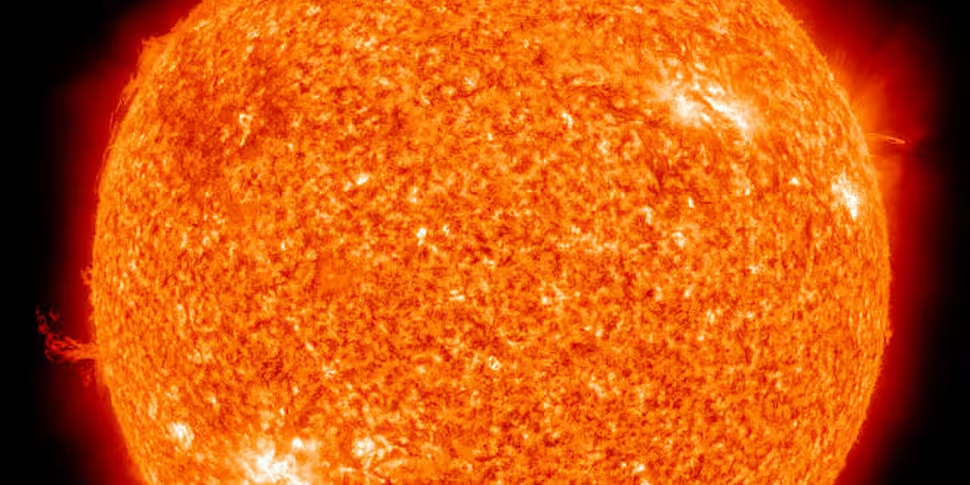Space agency NASA has announced plans to send a probe to a probe within four miles of the surface of the sun, in what is being hailed as a historic mission.
The mission is set for a 2018 launch and aims to gather data about the star's outermost atmosphere known as the Corona where temperatures can reach up to 500,000 degrees Celsius - much higher than those in the sun’s core.
The data gathered by the Parker Solar Probe spacecraft - named after astrophysicist Eugene Parker - will improve forecasts of major space weather events (like solar winds) that impact life on Earth, as well as satellites and astronauts in space.

An artist's illustration depicts the Parker Solar Probe spacecraft leaving Earth, after separating from its launch vehicle and booster rocket. Image: NASA
"The coolest hottest mission under the sun"
The last time a man-made space craft attempted to get near the sun, it got to within 27 million miles in 1972.
"Today's event is almost 60 years in the making," Professor Edward 'Rocky' Kolb, Dean of the Division of the Physical Sciences at the University of Chicago told the conference. "So many fundamental questions about the solar wind remain unanswered."
Speaking at the press conference, Eugene Parker said: "I am extremely honoured to be associated with this heroic space mission."
Nicola Fox, from NASA, said up till now they didn't have the materials to allow a spacecraft to fly into the Corona.
Moving at approximately 430,000 miles per hour, she said the Parker Solar Probe will gradually "surf" closer and closer to the sun, into the Corona. The craft will have to stand up more than 13,000 degree heat.
"We will finally touch the sun," she said.










